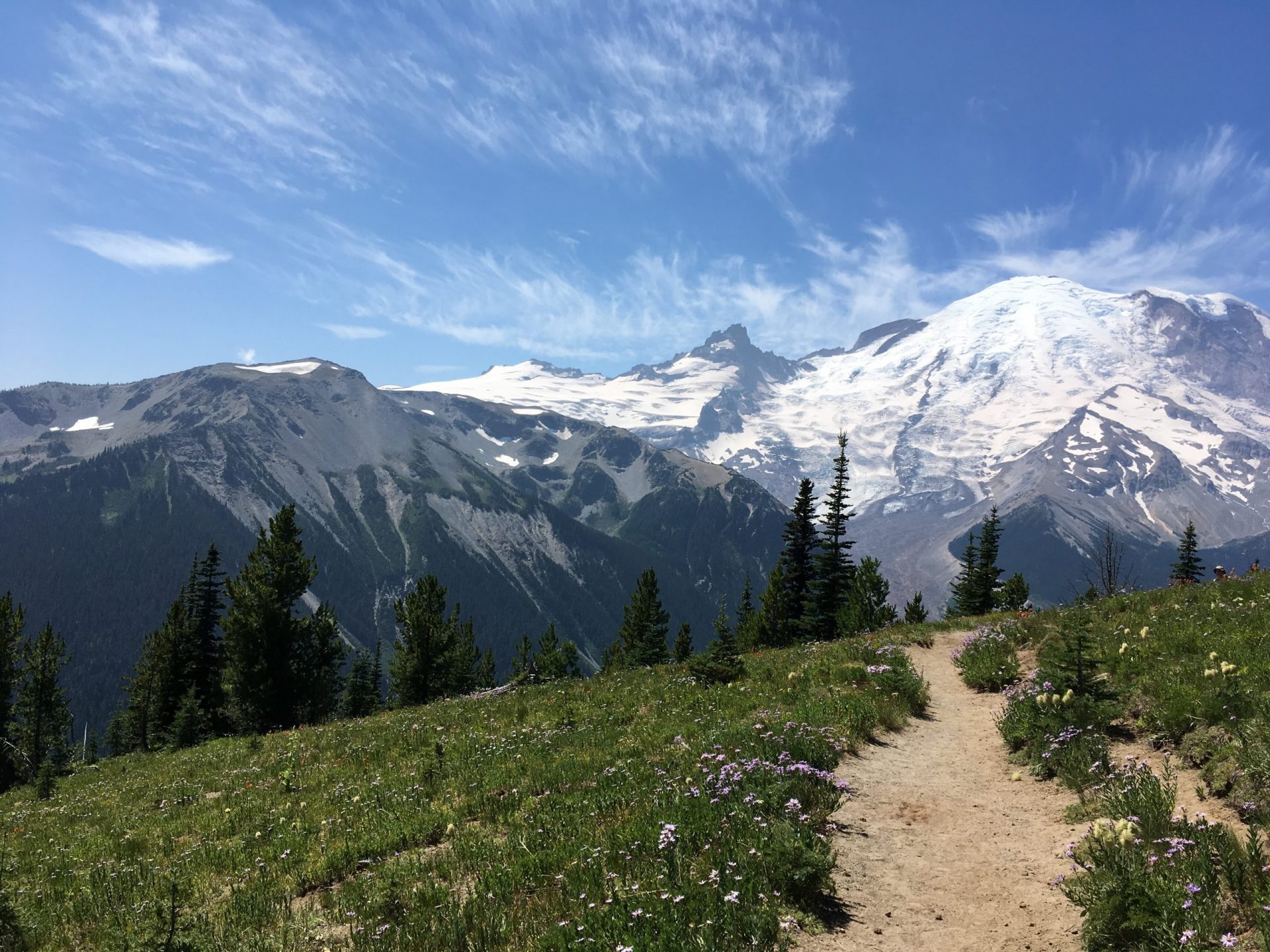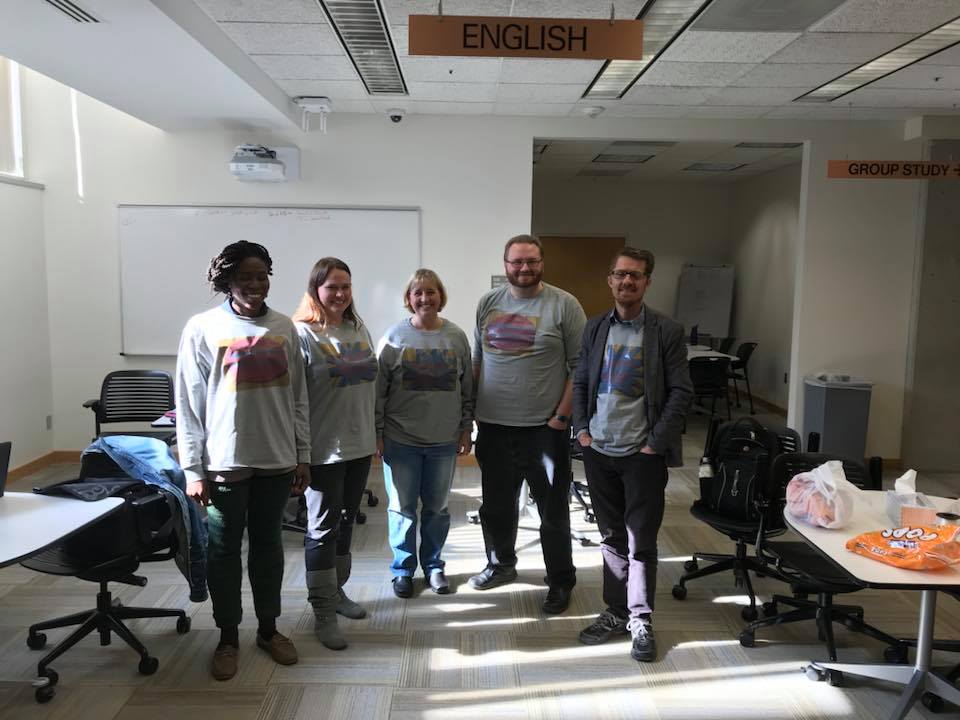Over the last year or so, I’ve had a similar journey with thinking about gender. While reading DiAngelo’s White Fragility, I kept thinking as much about my own male fragility. My desire to stay focused on race amplified my mind’s eye towards gender. DiAngelo discusses how white people have an expectation that people of color should teach us about racism, creating a sort of “racial innocence” which reinforces several problems: one, this implies racism is something that happens to people of color and doesn’t have much to do with us so we can’t be expected to understand it; two, the request requires very little of us and reinforces unequal power relations; three, the request ignores the historical dimensions of race relations that indeed many have tried to explain. Still, I kept replacing race with gender, racism with sexism. I’d had several conversations with Jen about gender several years ago and on many levels, I now realize, I had been requesting that she teach me about sexism.
And now things get personal.
I was working through how to, as referenced above, situate my sense of self as a feminist with some strains of feminist thought that felt reductive. In part, I started using Jen as a sounding board as I would pass by her office daily. Now I see that I had been seeking her approval and when she pushed back a bit I got defensive. For example, I’d recounted a story about hiking Bair Canyon in Davis County. I’d gone off-trail with my dog up on a ridge to eat some lunch. Coming back to the trail I surprised two women who were taking topless photos of each other. I’m not sure if my exact words in this moment are important. Or possibly they simply embarrass me. And/or if I did include these words, I would then be compelled to justify them and I do not want to fall into that defensive strategy.
What’s important for my purposes here is that Jen pushed back on how I handled the somewhat awkward situation as one of the women now covering her chest with her hands delayed my departure by asking me where the trail went to. And my response to Jen was defensive. I was hurt. After the discussion with Jen, I unhealthily sought out other women and men in the department to confirm how I wanted Jen to respond. To a large degree these colleagues did exactly that; they soothed my bruised ego and sense of self and reassured me that my actions were not sexist and that the whole experience was humorous. Fragile. Instead of seeking to understand how women experience their bodies in relation to men especially in the public spaces of the mountains, I sought reassurances. In retrospect, I missed a crucial moment to hear and understand the theory and research Jen was referencing and studying as a PhD student and to simply HEAR her as a woman who has had to negotiate these spaces.
In Rebecca Solnit’s Wanderlust: A history of Walking she has a chapter entitled, “Walking after midnight: Women, Sex, and Public space,” where she asserts that “Fear of rape puts many women in their place…Two-thirds of American women are afraid to walk alone in their own neighborhood.” These facts shape my encounter in the mountain that day and my conversations later about what happened. I don’t like that, but it’s the truth. Instead, I would rather the experience be seen as separate from the larger cultural and historical context. I’d rather people see the man I see myself to be: a feminist who reads Virginia Woolf, Morrison, Hurston, Gloria Steinem, Marilyn Robinson, bell hooks, Solnit, Masha Gessen and others. I’m not a man to be feared. I cry easily. I’m almost petite. Of course, this doesn’t matter. I still fit in the category of male and I still benefit from it even if I do not wish to and, even if mostly unwittingly, I use my male privilege to get my way.
So how does the historical and cultural shape this brief moment on a hike and the ensuing hours of conversation with others? Solnit recounts how “women’s walking is often construed as performance rather than transport, with the implication that women walk not to see but to be seen…which means they are asking for whatever attention they receive” (234). Was I, in recounting this story, unknowingly invoking this trope? I believe I was in particular the male fantasy trope of running into scantily dressed women in a secluded place. And now thinking back the young women themselves on the trail who apologized profusely for their “indecency” seem to have been very aware of these rules. Women could walk the trails but should keep themselves covered so as not to over-excite any men traveling the same trails.
I’m not sure of the exact timeline or cause and effect relationship, but in the last three years I have read several books in order to get at this conundrum of feminism I reflected on earlier. I followed up on Solnit’s view of gender by reading Men Explain things to me, the title taken from her influential essay of the same title in 2008. I was excited to get the backstory behind the evolution of the term mansplaining. But the book is also a harrowing recounting of the violence against women by men through the numbers. It was excruciating and disheartening.
Again, a relearning of something I needed to be reminded of. My actions as a male are going to be seen through this historical and current lens of violence. When trying to figure out my own stance on feminist arguments, I can’t simply wish this context away. I want to stop spending valuable energy attempting to situate myself rhetorically through my words and stories outside of this historical arc. Instead, I want to listen first and last. To that end, after many months of considering it and without a natural run-into-in-the hallway moment, I wrote to Jen to apologize for my male fragility from a few years back. It was an engaging though also difficult exchange. I’m confident that if I’m going to be part of the solution in the department, I must take more small steps like this. And I believe overall we in the department need more exchanges, whatever form they may take, which allow us to be vulnerable in order to create a new sense of community.





